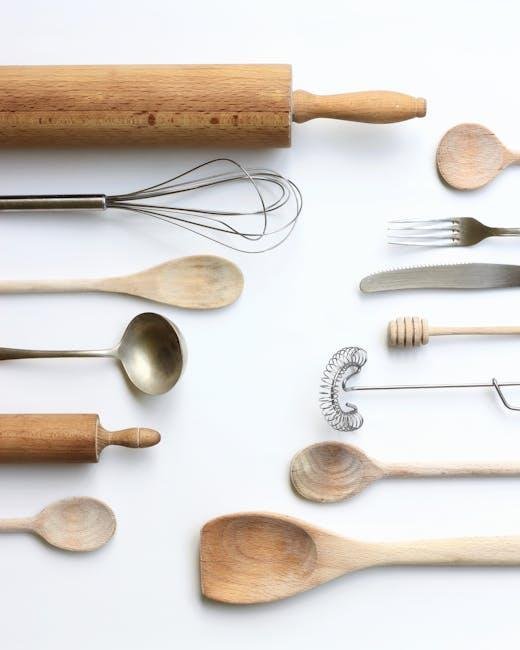In the ever-evolving landscape of fashion, jewelry has emerged as a powerful form of self-expression, weaving intricate stories through its choice of materials. Among the most captivating trends in contemporary adornment is the art of mixing metals—a bold maneuver that defies conventional rules and invites wearers to explore a world of endless possibilities. Gone are the days when wearing only gold or silver was the norm; today, the boundaries of jewelry design have blurred, encouraging creativity and individuality. In this article, we delve into the modern jewelry rulebook, offering insights and tips on how to harmoniously blend various metals to elevate your style. Whether you’re a seasoned jewelry enthusiast or just beginning to explore the realm of mixed media, join us as we uncover the secrets of this daring trend and help you craft your unique metallic narrative.
Understanding the Art of Mixing Metals in Jewelry Design
mixing metals in jewelry design is a contemporary trend that allows artisans to express their creativity while catering to diverse aesthetics. By blending materials such as gold, silver, and copper, designers can achieve unique combinations that enhance both form and function. Each metal has its own characteristics, such as color, luster, and durability, which contribute to the overall design. The interplay of different tones can create a stunning visual contrast, allowing pieces to stand out while also providing versatility for wearers.Considerations like skin tone and personal style play a pivotal role in how these metals interact and complement one another.
To successfully navigate the art of mixing metals, adhere to a few guiding principles. Start by creating contrast with metals of different weights or finishes, ensuring a balanced look. It’s also essential to consider the color palette in your selected pieces; cohesive hues can pull the mix together. A well-designed array of metals can elevate an ordinary look into one that captures attention. When designing, think about incorporating elements such as:
- Textures – Matte vs. shiny finishes
- Shapes – Geometric vs. organic forms
- Inspirations – Nature, art, or architecture themes
| Metal Type | Key Characteristics | Best Pairings |
|---|---|---|
| Gold | Rich, Warm Tone | Silver, Rose Gold |
| Silver | Bright, Cool Tone | Gold, Copper |
| Copper | Rustic, Earthy Tone | Gold, Silver |

Finding Your unique Aesthetic with Color Combinations
Your unique aesthetic is a personal palette that resonates with your individuality, and color combinations play a crucial role in expressing that. When it comes to mixing metals in jewelry, the key is to find harmonious hues that complement rather than clash. Consider the following combinations for your next statement piece:
- Gold and Silver: This classic pairing creates a timeless elegance, perfect for both casual and formal occasions.
- Rose Gold with Yellow Gold: The warm tones of rose gold seamlessly blend with yellow gold, adding a touch of romantic charm.
- Blackened Silver and Brass: For a bold and edgy look, mix dark and lightweight metals that enhance each other’s unique finishes.
- Gunmetal and Copper: The industrial vibe of gunmetal finds a stunning contrast with the warmth of copper, making for a standout accessory.
Exploring this kaleidoscope of colors opens up endless possibilities for self-expression through jewelry. To truly find your style, you can consider creating a visual reference to help guide your choices. Use a swatch board or Pinterest to collect images that inspire you. A simple table of preferred color pairings can act as a quick reference tool while curating your collection. Keep it handy as you strive to discover what resonates best with your personal narrative:
| Metal Combination | Vibe |
|---|---|
| Gold & Silver | Timeless Elegance |
| rose gold & Yellow Gold | Romantic warmth |
| Blackened Silver & Brass | Edgy Contrast |
| Gunmetal & Copper | Industrial Chic |

Balancing Warm and Cool tones for Visual Harmony
Striking the right balance between warm and cool tones in jewelry can transform an ensemble from ordinary to unusual. When considering how to mix metals, it’s essential to identify the underlying hues of your pieces. Warm tones, such as gold and rose gold, exude a sense of richness and intimacy, making them perfect for pairing with softer, earthier colors. In contrast, cool tones like silver and platinum offer a sleek, contemporary feel, bringing a refreshing clarity to any outfit. To achieve visual harmony, consider the following tips:
- Layer Wisely: Start with a base of either warm or cool tones to ground your look before introducing the opposite hue.
- Accent with Color: Incorporate colored gemstones that reflect the tones of your metals to create cohesion.
- Characteristic Mixing: Choose pieces that share similar design elements, such as textures or shapes, to unify contrasting tones.
When it comes to mixing metals, having a strategy can ensure that your ensemble appears intentional rather than chaotic. A grate approach is to keep an eye on the visual weight each metal carries. As a notable example, pairing a slender silver chain with substantial gold statement pieces can create a dynamic contrast that feels balanced. Below is a quick reference of common metal combinations to inspire your creativity:
| Metal combination | Visual Effect |
|---|---|
| Gold + Silver | Classic Elegance |
| Rose Gold + White Gold | Soft Romanticism |
| Copper + Platinum | Bold Contrast |

Practical Tips for Layering and Accessorizing with Mixed Metals
Mastering the art of layering with mixed metals can elevate your jewelry game to new heights. Start by choosing a base piece; this could be a delicate necklace or a pair of statement earrings, and build your look around it. When selecting additional pieces, aim for a balance that allows each metal to shine without overwhelming the others. Consider varying textures—a matte gold ring paired with a shiny silver bracelet can create a visually dynamic effect. Additionally, play with lengths when layering necklaces; wearing shorter and longer chains together can help create a harmonious flow that draws attention to both the layers and the mixed metals.
Accessorizing can be a fun, creative process, so don’t shy away from experimenting with different styles.When mixing metals, keep a few tips in mind: 1. Stick to a color palette; a combination of warm and cool metals can work beautifully as long as they share a tonal theme. 2. Use a focal piece to guide your accessories; this could be a bold cuff or an eye-catching pendant that encourages the other pieces to play supporting roles. 3. Stay cohesive in each layer; as an example, if you’re wearing a gold chain, style it with gold-accented earrings. Remember that confidence is key—wear your mixed metals proudly!
| Metal type | Best Pairing | Style Tip |
| Gold | Silver | Layer with textured pieces |
| Rose Gold | Platinum | Opt for delicate chains |
| Brass | Copper | Mix bold statement items |
The Way Forward
As we explore the intricacies of mixing metals in jewelry, it becomes clear that this modern rulebook is less about rigid guidelines and more about personal expression. By embracing the unique properties of gold, silver, copper, and beyond, we unlock endless possibilities for creativity and individuality. Remember, the art of layering and contrasting metals is a reflection of your personal style—an ever-evolving narrative that showcases who you are.
So, the next time you reach for that shimmering bracelet or delicate ring, consider the magic that happens when metals collide. Whether you opt for bold contrasts or subtle harmonies, mixing metals invites you to break free from convention and curate a look that is distinctly yours. Happy accessorizing, and may your jewelry box become a treasure trove of memories and stories, woven together by the threads of your unique metallic journey.

